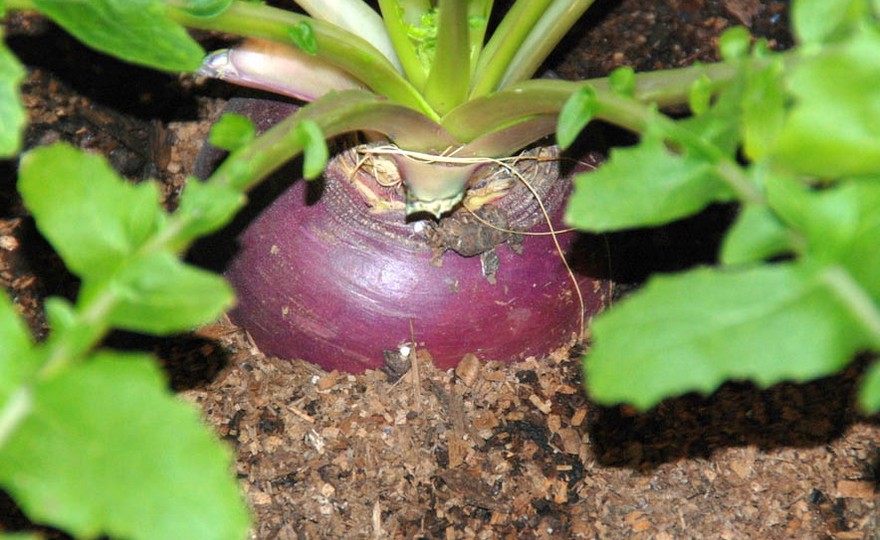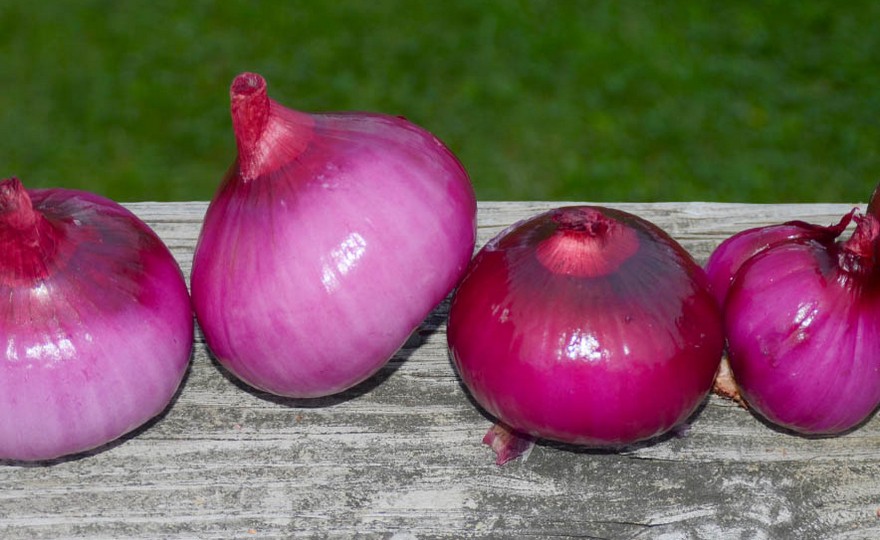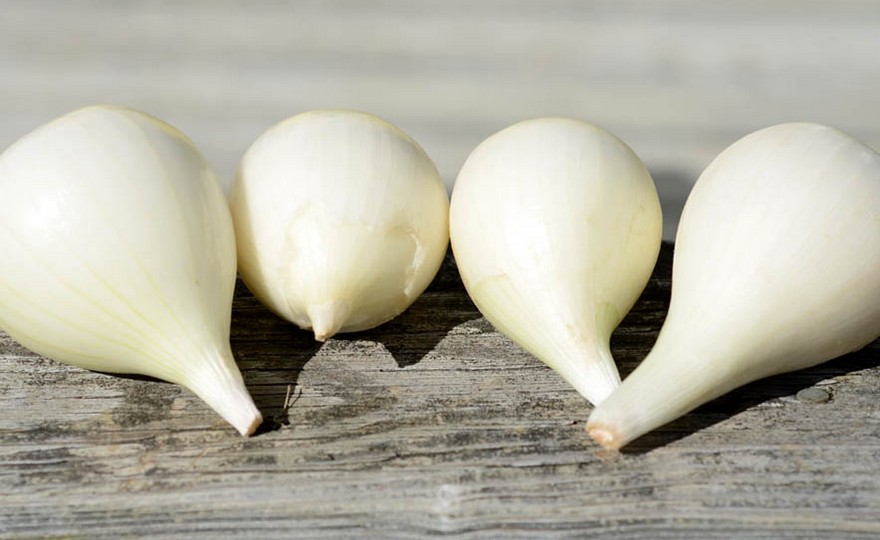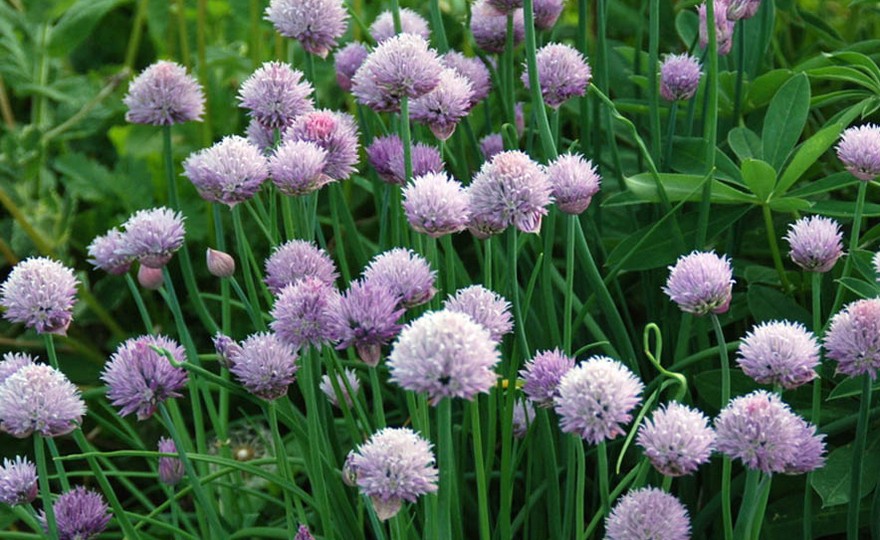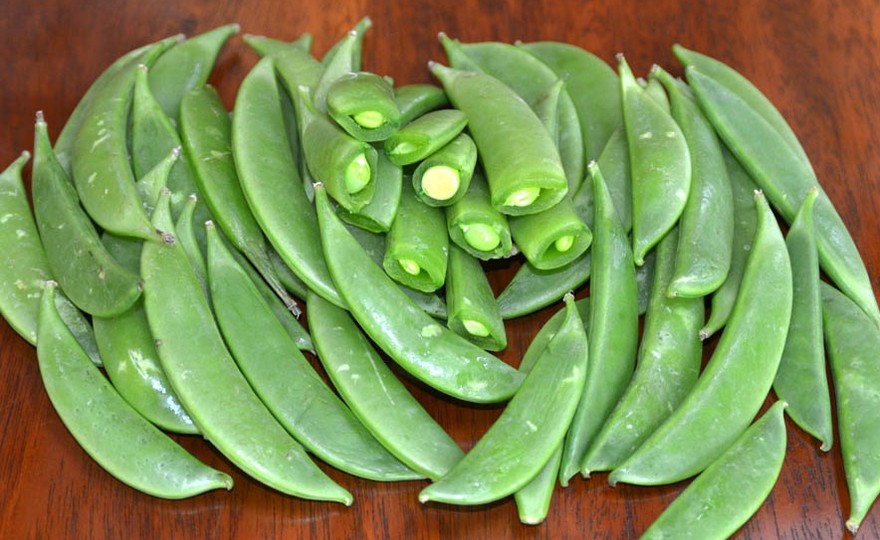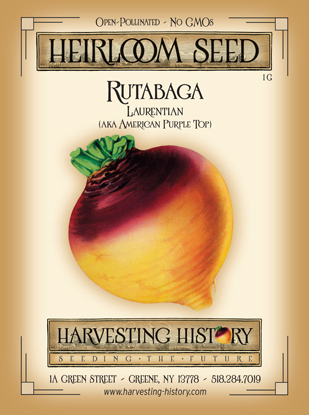
Rutabaga, Laurentian
-
- **SOLD OUT** HOLIDAY GIFTS **SOLD OUT**
- **SOLD OUT** Holiday Books **SOLD OUT**
- **SOLD OUT** Holiday Citrus **SOLD OUT**
- **SOLD OUT** Holiday Gift Certificates **SOLD OUT**
- **SOLD OUT** Holiday Paperwhites **SOLD OUT**
- **SOLD OUT** Holiday Praying Mantis Kits **SOLD OUT**
- **SOLD OUT** Holiday Tools **SOLD OUT**
- **SOLD OUT** Holiday Wildflower Mixtures **SOLD OUT**
- Citrus Trees
- **SOLD OUT** - Vegetable and Herb Plants - Mix & Match any 6 Plants for $50 - Only Shipped in Quantities of 6
- Elephant Ear Plants & Roots
- **SOLD OUT** 4-Inch Pot Herb Plants **SOLD OUT**
- Rare Plants
- **SOLD OUT** Vining Plants **SOLD OUT**
- Asian Seeds
- Beneficial Bugs
- Books
- Citrus Fertilizers
- Cold-Treated Bulbs - SEE BULBS FOR FALL PLANTING TO ORDER
- Cold-Treated Allium
- Cold-Treated Chionodoxa
- Cold-Treated Crocus
- Cold-Treated Hyacinthoides
- Cold-Treated Hyacinthus Orientalis
- Cold-Treated Narcissus
- Cold-Treated Cyclamineus Narcissus
- Cold-Treated Double Heirloom Narcissus
- Cold-Treated Jonquilla Narcissus
- Cold-Treated Large Cupped Narcissus
- Cold-Treated Poeticus Narcissus
- Cold-Treated Small Cupped Narcissus
- Cold-Treated Species Miniature Narcissus
- Cold-Treated Split Cupped Narcissus
- Cold-Treated Tazetta Narcissus
- Cold-Treated Triandus Narcissus
- Cold-Treated Trumpet Daffodils
- Cold-Treated Ornithogalum
- Cold-Treated Rock Garden Iris
- Cold-Treated Scilla
- Cold-Treated Tulips
- Cold-Treated Emperor Tulips
- Cold-Treated Fringed Tulips
- Cold-Treated Green or Viridiflora Tulips
- Cold-Treated Lily Flowering Tulips
- Cold-Treated Parrot Tulips
- Cold-Treated Peony Flowering Tulips
- Cold-Treated Single Early Tulips
- Cold-Treated Single Late Tulips
- Cold-Treated Species Tulips
- Cold-Treated Triumph Tulips
- Flower Bulbs, Corms and Tubers
- Bulbs for Spring Planting
- Bulbs for Fall Planting - ALL BULBS AVAILABLE ARE COLD TREATED FOR PLANTING AS SOON AS SOIL CAN BE WORKED
- Fall Blooming Bulbs
- Garden Tools & Equipment
- Gift Certificates
- HHH Exclusive Wildflower Mixtures
- Wildflower Mixtures
- Heirloom Garlic
- Potatoes
- Roots & Sets
- Seeds
- Flowers
- Herbs
- Vegetables
- **SOLD OUT** HOLIDAY GIFTS **SOLD OUT**
-
- No products to compare
-
75 in stock
Quick Overview
RUTABAGA, Laurentian aka American Purple Top –
Brassica napus var. napobrassica
FULL SUN It is believed that sometime during the Middle Ages a cross occurred between the European wild cabbage and a turnip. The result was the rutabaga. Throughout Europe, rutabagas are known as Swedes. Laurentian was introduced into the US before 1920. The globular roots are 4-6 in. in diameter, have golden yellow skin below the soil and purple shoulders above the soil. Flesh is pale yellow and mild tasting. Excellent storer. Laurentian can be sown in the early spring for a fall-winter crop and in early fall for a following year spring crop. In the spring, plant as soon as the ground can be worked. Soil should be deeply spaded before planting and amended with bone meal for stronger root development and lime to sweeten the rutabaga. Rows should be 18 in. apart. When seedlings are 2 in. high, thin, leaving 6-8 in. between plants. Rutabagas need exposure to frosts to sweeten, so do not harvest until after a few frosts.
| Type | Spacing | Planting Depth | Days to Germination | Maturity |
| Rutabaga | 6-8 in. | 1/2 in. | 14-21 | 120 |

Rutabaga, Laurentian aka American Purple Top
Rutabagas and turnips belong to the brassica family which includes cabbage, cauliflowers, broccoli, Brussels sprouts and mustard among other vegetables. Turnips have been cultivated for thousands of years and are probably native to both Europe and central and western Asia. Rutabagas, which are often called Swede turnips, combine the thick turnip-like roots with bluish green leaves that resemble cabbage leaves. Because of this combination, many have theorized that rutabagas developed as a cross (intentional or unintentional) between turnips and some wild form of cabbage. Since rutabagas are such extremely hardy plants that grow well in Northern Europe and Russia, a hybrid cross could have occurred sometime during the Middle Ages. European colonists brought turnips to the New World in 1609 and rutabagas soon followed. The colonists did not recognize the rutabaga as a different vegetable. They treated the rutabaga as a kind of turnip. Two basic types of rutabaga exist: a yellow –fleshed variety and a white-fleshed variety. There are many different kinds of turnips including purple-topped gold, purple-topped white, yellow, white and golden. Some turnips are grown for their roots and some are grown exclusively for their green tops. Both turnips and rutabagas like cool weather and the sweetness of both is greatly enhanced by exposure to hard frosts.

